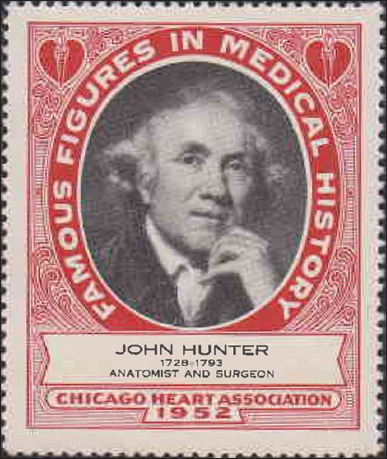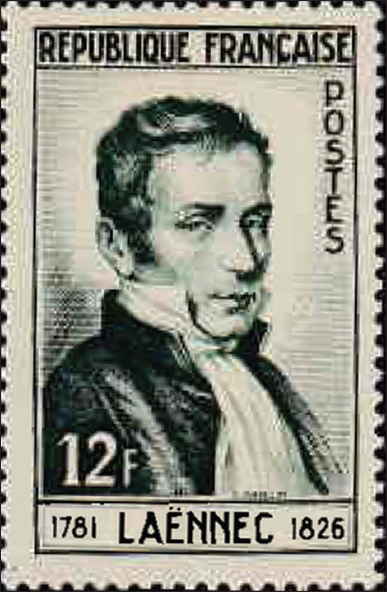The word ‘stamp’ has many overtones depending on whether one uses it as a verb or a noun. Stamping can be used to bring something substantial onto the ground, highlight a point (stamping your feet), or impress a pattern or mark (e.g. rubber stamp). Alternatively, it can be an instrument for creating an indelible mark or can refer to an adhesive piece of paper, namely a postage stamp.
A postage stamp is usually described as a tiny piece of paper that is usually rectangular in shape with serrated edges and a white border, with a colourful photograph or diagram, and one sticky surface. Less frequently, stamps come in other geometric shapes such as circular, triangular and pentagonal, or even irregular shapes. Having illustrations on stamps now allows for artistic interpretation, thanks to improvements in printing techniques.
Postage stamps were invented in England in 1837, an act for which Sir Rowland Hill received his knighthood. The first stamp in the world was issued in 1840 in England,(1) and other countries followed suit. From its humble origin as a means of enabling the postal services to collect postage, stamps have become a powerful means of communicating an idea or depicting a chronicle of a historic journey through pictures that are projected and posted internationally. Throughout history, stamps have depicted different stories, immortalising people, events, buildings and objects of discovery. Before the advent of telephones, emails and chat applications, letter writing was the most advanced mode of communication. The introduction of postage stamps revolutionised the postal service, making letter writing accessible and affordable to all. As we approach the 200th anniversary of the existence of postage stamps, their extinction does not seem imminent despite the digital age. Similar to how digital photographs have overtaken traditional photo prints, stamps can still hold memories, even for non-avid collectors, serving as a collection that can translate or narrate a story.
Philately (the collection and study of postage stamps) and medicine may appear to be diverse and unrelated subjects. Closer inspection, however, reveals that the relationship is not far-fetched nor bizarre. The blended interface of connection includes the study of history, art and science, a celebration of landmark achievements or discoveries and reminiscence that holds no national boundaries. Stamps in medicine can be broadly classified into four categories: those (a) bearing portraits of medical men and women of repute; (b) depicting medical inventions (e.g. computed tomography scanners); (c) related to welfare organisations (e.g. the Red Cross); and (d) depicting diseases (e.g. tuberculosis).
When I was Editor of the Singapore Medical Journal (SMJ), almost two decades ago, I approached Professor Tan Siang Yong about writing a series for the SMJ.(2) It was to bring a different slant to the journal by integrating some light reading for the audience – aspects that were not entirely to do with clinical medicine or research. I craved to tap on his wide-ranging interest and enthusiasm that stretched beyond medicine and included legal medicine, ethics, mentorship and his rather unusual hobby of collecting ‘stamps in medicine’. Given how stamps have represented and celebrated physicians’ achievements as well as discoveries, it was a delight that he accepted and embarked on a journal series based on his collection. Little did I anticipate that the Medicine in Stamps series would not only progress seamlessly but amplify to reach a milestone over the years.
As doctors, we tend to ignore medical history in our early years, only for it to resurface in our readings as we acquire more experience and wisdom. The benefit of hindsight and looking back in history as we practise for the future cannot be overemphasised. The articles in this series, with content that stretches over centuries and across national boundaries, provide a good sampling of inventions and discoveries and the personalities behind them. The plethora of coverage includes clinical signs, laboratory and radiological investigations, scoring methods, therapeutics, surgical procedures, pathology, and philosophy, among others. Starting with Hippocrates and ending his series with Watson and Crick, the discoverers of the structure of the DNA molecule, the entire Medicine in Stamps series is flavoured with exciting anecdotes and richly illustrated with historical details. The stories behind some historical figures make a fascinating read. As an illustration from two articles in the entire series, I was intrigued by how the surgeon John Hunter, consumed by curiosity, devised an ingenious method of obtaining the skeleton of the Irish giant Charles Byrne by bribing the undertaker and exchanging the giant’s remains for paving stones (
Fig. 1
Stamp shows John Hunter, who founded scientific surgery.

Fig. 2
Stamp shows René Laënnec, who invented the stethoscope.

The Medicine in Stamps series, consisting of 100 articles in all, epitomises no mean feat of achievement. Hardly any medical journal can take pride in having a regular and popular educational contribution spanning two decades from the same principal author, running over consecutive years. Even more astounding to note is how a hundred tiny pieces of illustrations used as a theme can make for an enormous contribution to the history of medicine. Stamps are coated adhesively on the unexposed side. Hopefully, readers have, at least subconsciously, reinforced ‘the sticky part’, their memory of the historical background of inventions and discoveries in medicine. It is an opportune time to congratulate Prof Tan and the SMJ on the colossal achievements in medical journalism and this landmark contribution imprinted in the history of the SMJ. Both can take pride and pleasure in the immense value-add to the readership and a brilliant gift to medical philately. In whatever way we use the word ‘stamp’, I would like to offer my stamp of delight at this Medicine in Stamps series in the SMJ.


